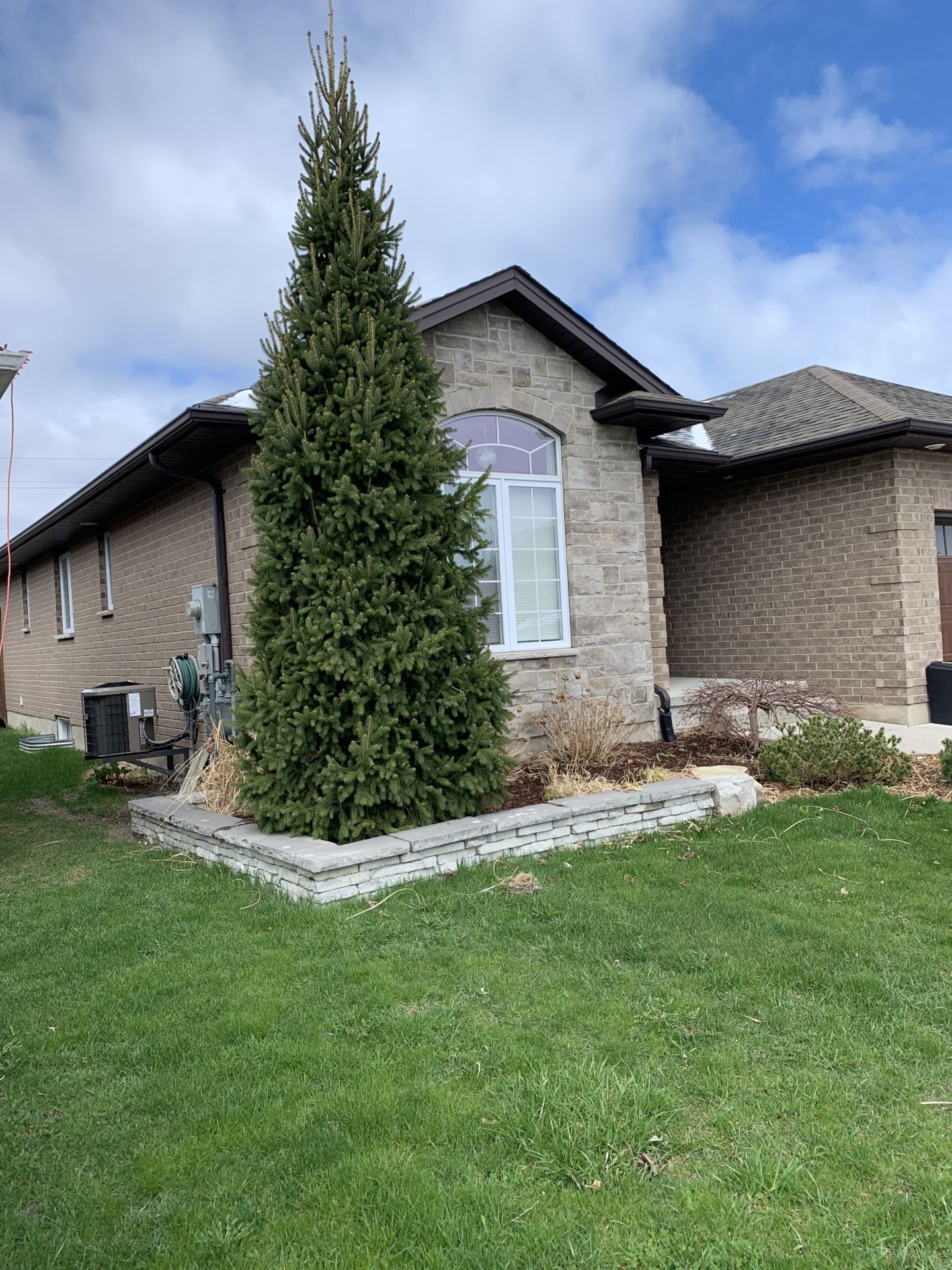Barbie and Ken
Garden Clippings for April 30, 2022
They have been called the Barbie dolls of landscaping. Anything that grows tall and skinny. And there are oodles of them.
The craze started about 25 years ago, when Beech trees (Fagus) were hardly on the radar of landscape architects. Not long before that, a horticulturist came up with a Beech tree that grew tall and skinny, and called it Dawyck Purple Beech. It had deep purple leaves, grew to 30 feet high but only 3 or 4 feet wide at maturity.
It didn’t sell.
A few progressive New York and Chicago Landscape Architects discovered the skinny tree and used it in commercial applications where a tree was needed with drama and where space was limited.
Thus began the tall and skinny phenomenon, right at the heels of the Barbie doll craze: Tall, thin and beautiful. In short order the creator of the Dawyck Purple Beech came up with a similarly shaped tree with golden leaves and true green leaves and named them Dawyck Golden and Dawyck Green Beech.
Horticulturists saw how quickly tall trees flew off the shelves and began to look for other trees that could be coerced into growing tall. Nursery growers planted them in great numbers and couldn’t keep up with demand.
Pyramidal English Oak (Quercus robur fastigiata) is an old deciduous tree that matures into an elongated tree with a short stem and dense foliage, eventually reaching the shape of a traditional tapered candle. The tree has been in existence for many years but jumped on the Dawyck Beech bandwagon.
What followed in the next few decades was a surge in the creation of new plant varieties with the same tall and thin characteristics. The little-known Sweet Gum (Liquidambar) spun off a version of itself that grew tall and slender, almost shaped like a pencil.
Magnolias, Gingko, Flowering Crab were created as smaller growing columnar trees with limited success. Larger trees such as Red Maple ‘Walters Columnar’ and Sweedish Columnar Aspen (Populus tremula ‘Erecta’ were born only to discover they grew too large for most applications.
In the conifer or evergreen department, growers have been successful in creating several tall and thin evergreens. Two of my favourite are Cupressina Spruce (Picea Abies ‘Cupressina’) and DeGroot’s Spire Cedar. (Thuja occidentalis ‘DeGroot’s Spire). The first is an elegant, columnar tree with dense green foliage, growing to 25 feet high and 5 feet wide. The second, discovered by Constant DeGroot, head propagator at Sheridan Nurseries in Toronto, is a slow growing narrow evergreen with lush green foliage.
Other conifers with a narrow growth habit are Iseli’s Spruce (Picea pungens ‘Iseli Fastigiate’) with a rigid columnar form growing slightly wider at the base, tapering to a perfect point. Colour is striking blue. Columnar Eastern White Pine (Pinus strobus ‘Fastigiata’) sometimes nicknamed Stove Pipe Pine, is a soft textured narrow grower, eventually reaching 40 feet and 6 feet wide.
Tall, skinny trees will continue to enjoy a popular spot in the landscape, especially for small city lots. Plant them in groups for architectural impact or plant along the property perimeter to gain privacy and screening.


